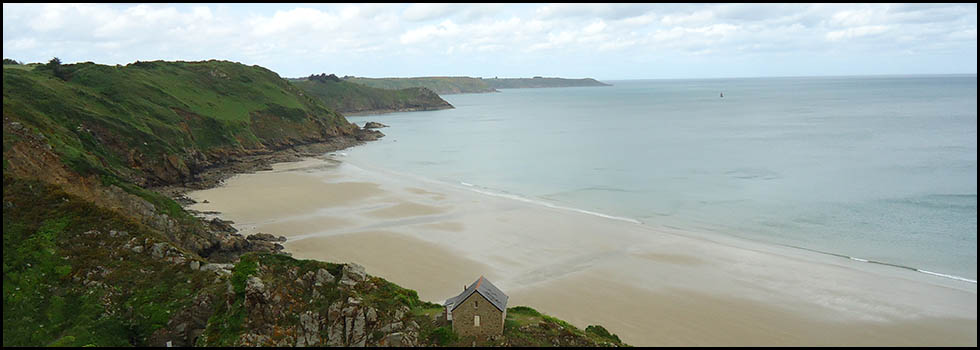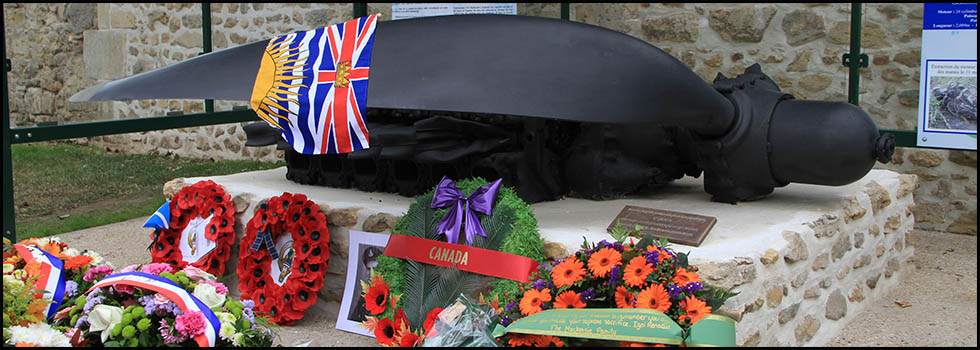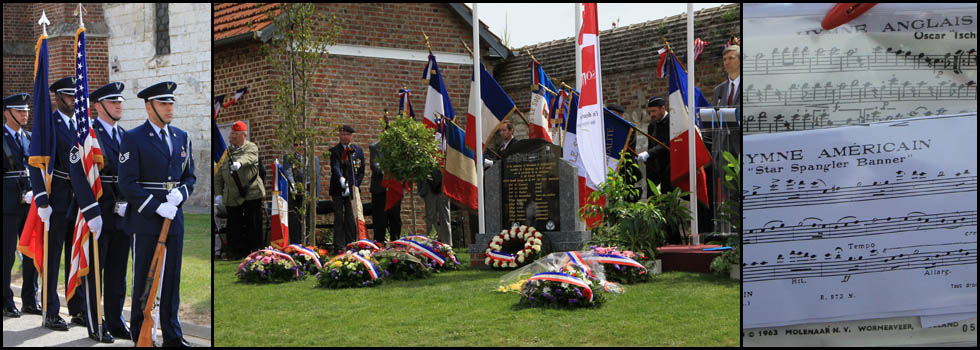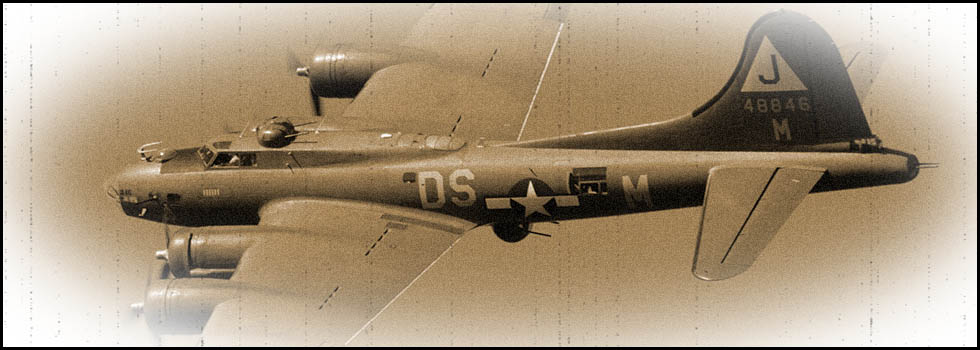Night of 7th/8th June 1944
Avro Lancaster MkII LL727
JI-C2
RAF 514 Squadron
Sainte-Eusoye (Oise)
Copyright © 2024 - Association des Sauveteurs d'Aviateurs Alliés- All rights reserved -
En français ![]()
During the night of 7th to 8th June 1944, more than 300 RAF aircraft were tasked with destroying railway installations in the Paris region in order to prevent the flow of German troops towards the Normandy front where the Allied forces had landed the previous day.
Taking part in this night raid were the heavy bombers of 514 Squadron, equipped with Lancasters based at Waterbeach, near Cambridge. Among them was the Lancaster LL727 flown by F/O Louis Greenburgh, an experienced Canadian pilot, already holder of the Distinguished Flying Cross, who was flying his 26th mission that night.
For Squadron 514, the target designated by Bomber Command was the important strategic rail hub of Massy-Palaiseau, on the southern outskirts of Paris.
The Lancaster LL727 took off shortly after midnight, loaded with almost a tonne of bombs.
The crew :
|
F/O Louis GREENBURGH |
Pilot |
28 |
RCAF |
|
W/O Leslie John William SUTTON |
2nd Pilot |
22 |
RAF |
|
Sgt. Franck COLLINGWOOD |
Flight engineer |
RAF |
|
|
F/Sgt. Ronald FOX |
Navigator |
RAF |
|
|
F/Sgt. Eric George RIPPINGALE |
Bomb aimer |
RAF |
|
|
F/Sgt. Gordon Henry STROMBERG |
Wireless operator |
19 |
RAF |
|
Sgt. Frederick John CAREY |
Mid upper gunner |
RAF |
|
|
Sgt. Richard Jack WOOSNAM |
Rear gunner |
23 |
RAF |
After joining the formation, the course was set for the target. Once over, Flak came into action, more intensely than expected. From 10 000 ft, the bombers poured in their load of bombs.
The Lancaster LL727 was immediately attacked by a night fighter. The right wing began to catch fire. The pilot immediately made evasive action and began a violent corkscrew and dived towards the ground to try to extinguish the flames, thinking that the petrol tanks were going to explode. The pilot then gave the order to bale out.
But eventually the flames went out. The pilot, thinking he could now control the aircraft and return to England, gave the counter-order to stay on board, but co-pilot Sutton, engineer Collingwood, navigator Fox and bomb aimer Rippingale were already suspended in the air under their parachutes over the Essonne department.
As they flew over the department of Oise, Sgt. Woosnam reported a Junkers-88 coming from behind. The Lancaster was again badly damaged by enemy fire. All hope of reaching England was gone. The pilot ordered the aircraft to be abandoned for good. Sgts Woosnam and Carey baled out, followed by F/Sgt. Stromberg and then F/O Greenburgh.
Empty, the Lancaster hit the ground near the hamlet of Sauveleux.
W/O Leslie Sutton was initially taken in near Saulx-les-Chartreux (Essonne). He was then taken to Savigny-sur-Orge where he was reunited with F/Sgt. Ronald Fox and F/Sgt. Eric Rippingale. The three airmen then stayed with Lucien and Jeannette Cislowski in Linas, near Montlhéry. They remained in the Paris region, under the protection of the Resistance, until the Liberation.
Flight/Sergeant Eric Rippingale also landed near Saulx-les-Chartreux. Alone, in the middle of the night, he wandered until he met Serge Boldrini, a member of the local Resistance, who hid him in a safe place: the villa called ‘La Tour Prends Garde’. In this refuge, F/Sgt Rippingale met Aïssa (Serge Boldrini's older sister), who came to bring him food. After the war, on 7th June 1947, he returned to France to marry the young Aïssa. Serge Boldrini, a FTP sergeant, was killed by the Germans on 19th July 1944 on the platform of the Pasteur metro station in Paris. He was 21 years old. A commemorative plaque in his memory has been affixed to this spot and to ‘La Tour Prends Garde’.
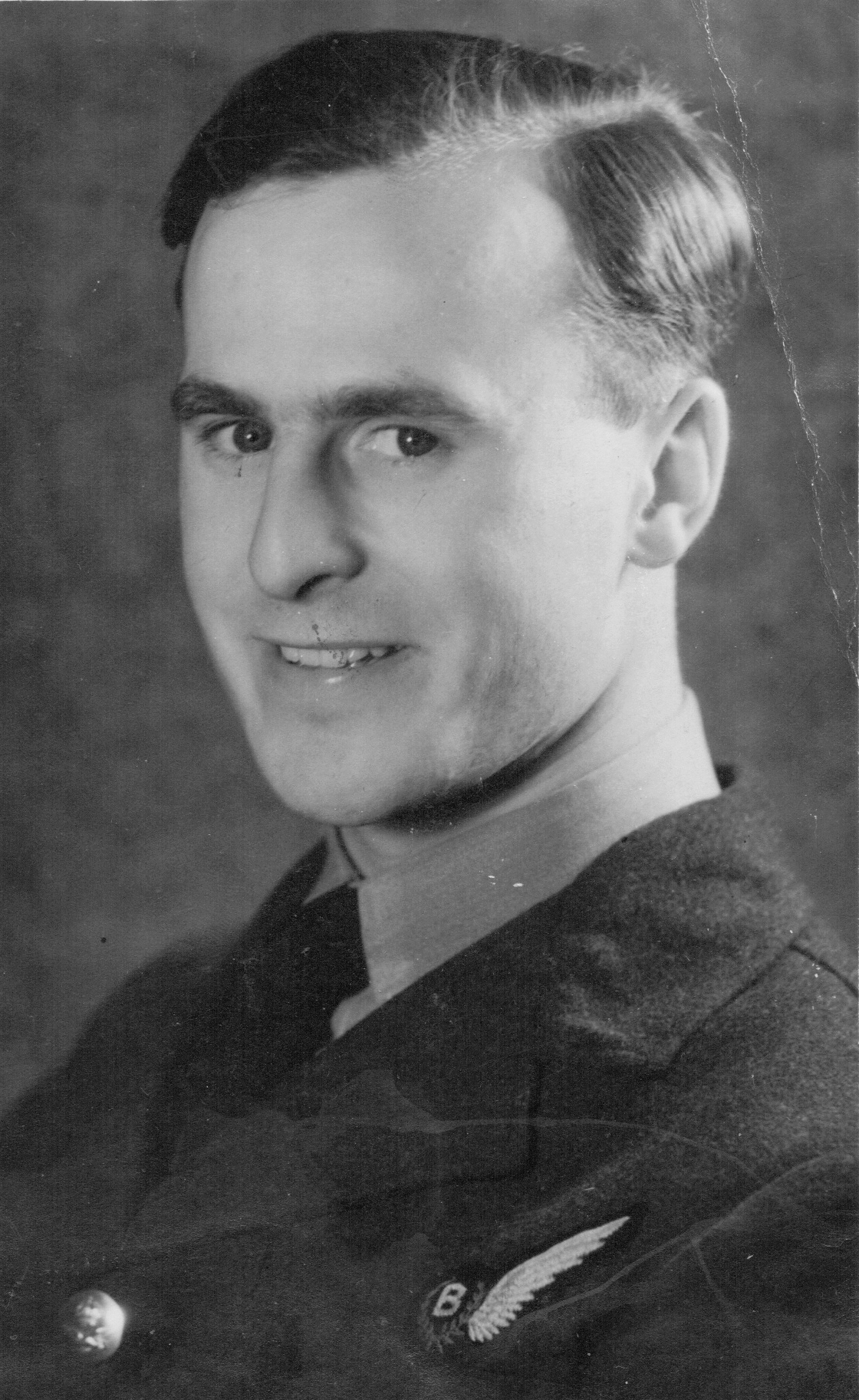
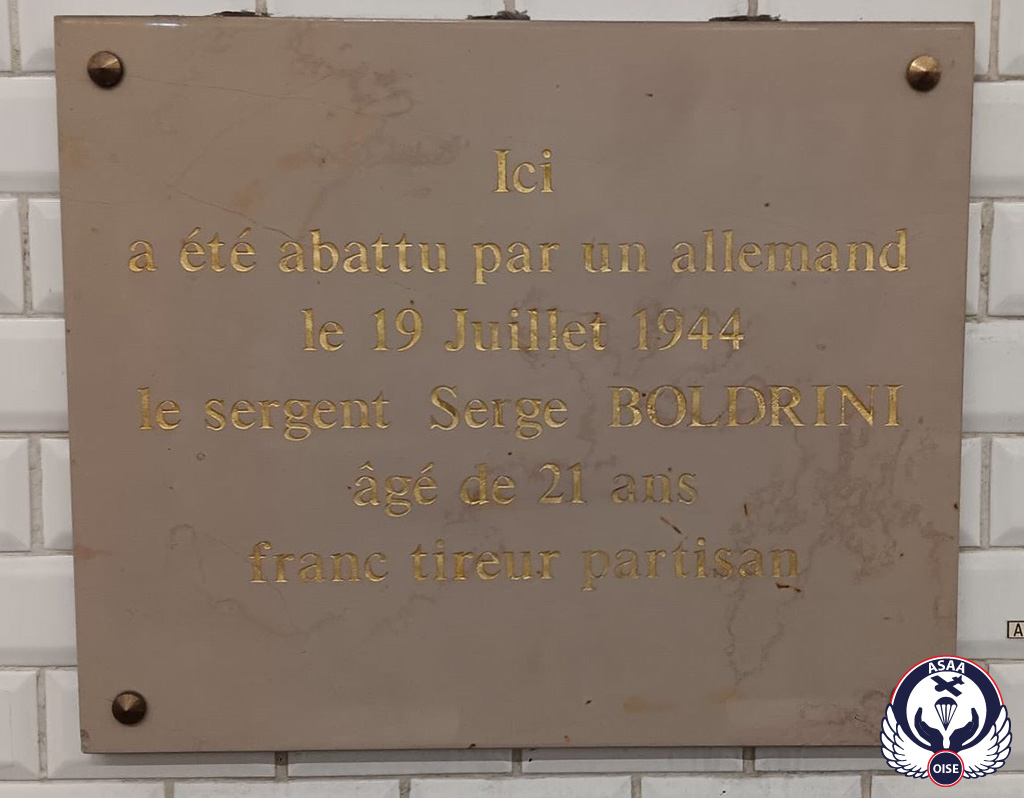
F/Sgt. Eric G. Rippingale
Sgt. Franck Collingwood, who had baled out over Essonne, was captured and transferred to a prison camp in Germany.
Flight/Sergeant Gordon Stromberg, seriously wounded, found himself suspended by the lines of his parachute from electric wires near Sainte-Eusoye. Captured and transported by the Germans to a hospital in Amiens, he died the next day. He is buried in Saint-Pierre cemetery in Amiens.
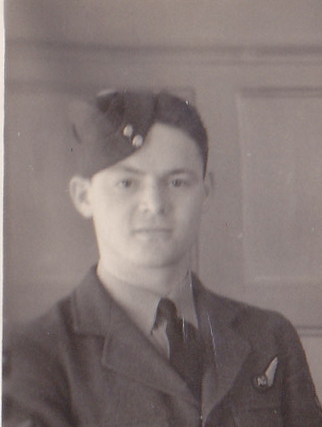
F/Sgt. Gordon H. Stromberg
Flying Officer Louis Greenburgh was taken in by the Levieille family in Sainte-Eusoye. Taken in charge by the Resistance, he was successively hidden in Puits-la-Vallée, Wavignies, Thury-sous-Clermont, Mouy and then Paris. He was finally taken to the Freteval camp (Loir-et-Cher), where evaders were grouped. He remained in this camp until the arrival of Allied troops on 13th August 1944.
Joseph Bugar and Maria Dubzak were also arrested. Joseph Bugar was wounded on 9th August during the bombing of Compiegne station and hospitalised, thus avoiding deportation. Maria Dubzak, transferred to Compiegne prison and then to the Fort de Romainville, was deported on 15th August from Pantin to the Ravensbrück concentration camp and then to Bergen Belsen, where she survived. A number of Wavignies residents were also arrested and deported to the death camps.
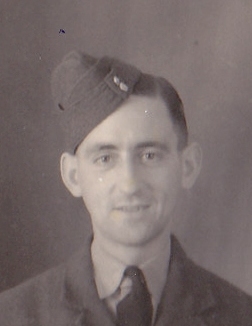
Sgt. Frederick J. Carey
14th April 2011 - Visit of F/Sgt. Eric G. Rippingale family
17th August 2024 - Ceremony in memory of the crew of Lancaster LL727

